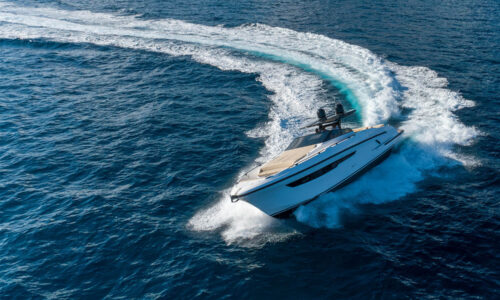Navigating with other vessels
Navigating with other Vessels: Stand-On & Give-Way
The Basics of Stand-On and Give-Way
You must know when to stand-on and when to give-way to avoid collisions. These terms are part of the international Rules of the Road for boating, which guide safe navigation.
Give-Way Vessel
The give-way vessel should change its direction (course) and speed to avoid the other boat. It’s the boat that yields to the other. Changes in speed and direction should be early and obvious to the other boat.
Stand-On Vessel
This vessel should maintain its speed and direction (course). The only time it should change course or speed is if it’s clear that the give-way vessel isn’t doing what it should to avoid a crash. Stand-on vessels should be ready to change course to prevent an accident.
Common Situations on the Water
Meeting Head-On
When two power-driven vessels move directly towards each other, both are considered give-way vessels and should alter their course to the right (starboard) side to avoid colliding.

Crossing Situation
If two power-driven vessels are crossing paths, the vessel that has the other on its starboard (right) side is the give-way vessel and must act early and obvious enough to avoid a collision. The vessel that has the other on its port (left) side is the stand-on vessel and should maintain its course and speed.

Overtaking
If one boat is passing (overtaking) another, the boat doing the overtaking is always the give-way vessel. The boat being passed (overtaken) is the stand-on vessel and should maintain its direction (course) and speed.

Using Sound Signals in Navigation
Sound signals should be used to communicate your intentions and prevent collisions.
- Meeting, Crossing, and Overtaking: When vessels encounter each other, they must use sound signals to communicate their actions:
- One short blast to indicate you’re altering course to starboard (right).
- Two short blasts to indicate you’re altering course to port (left).
- Five short blasts indicate danger, or that you are unsure of the other boat’s intentions.
